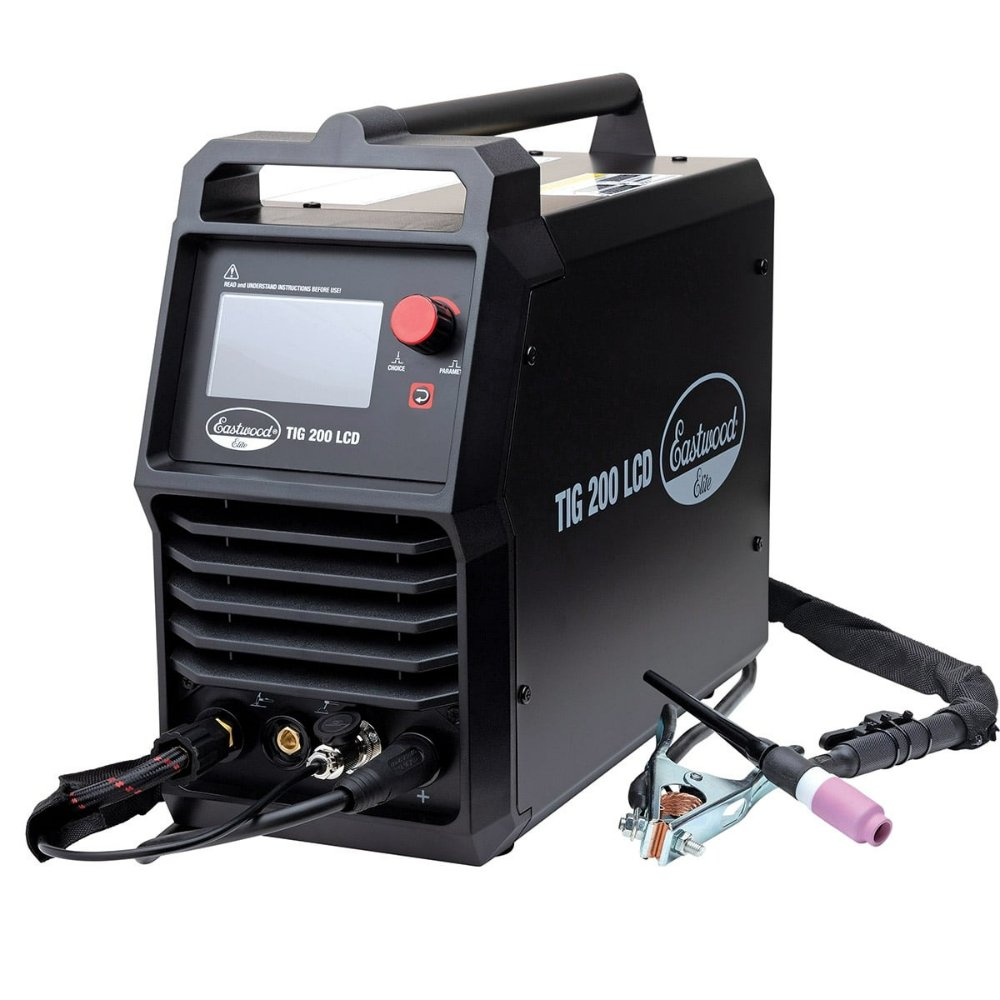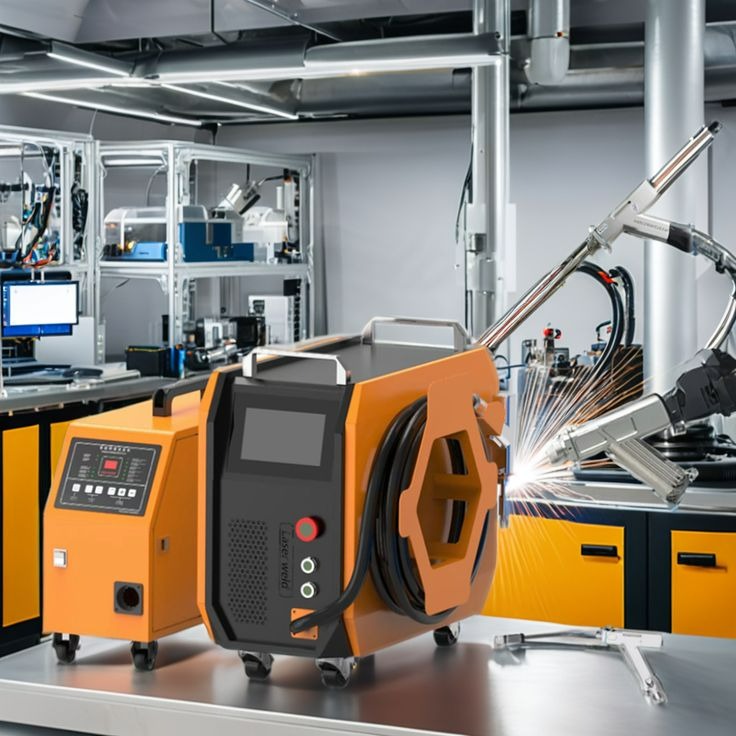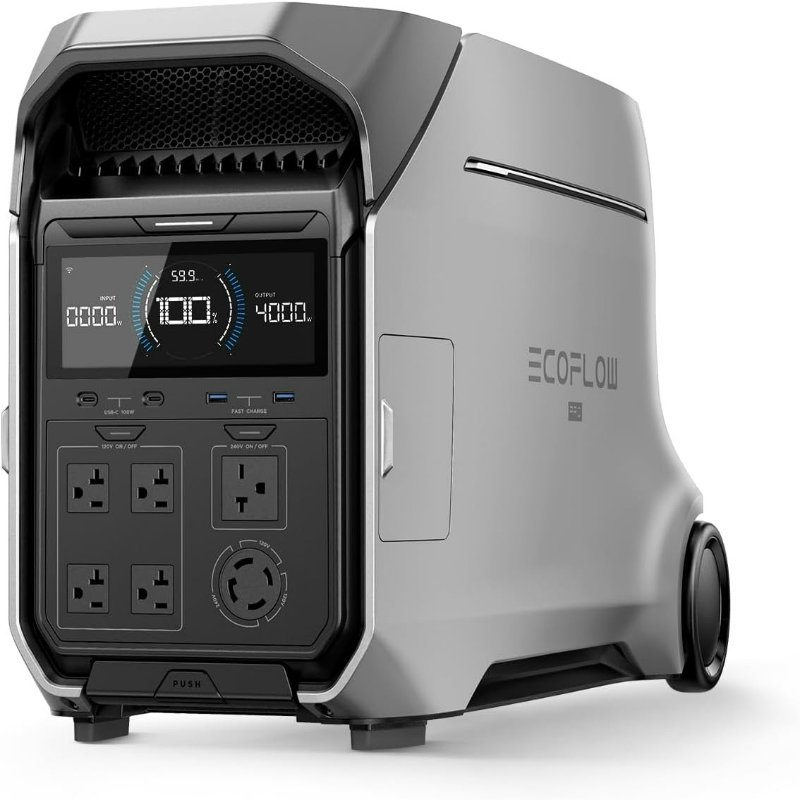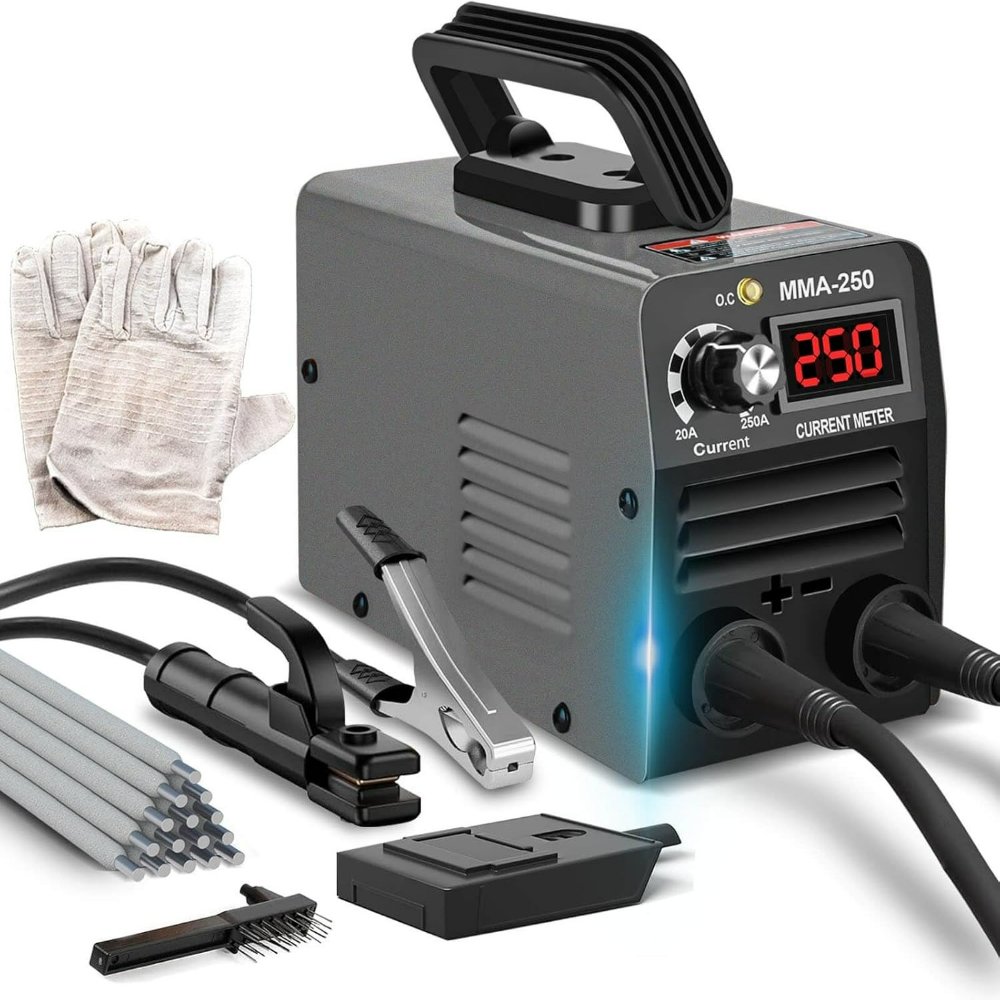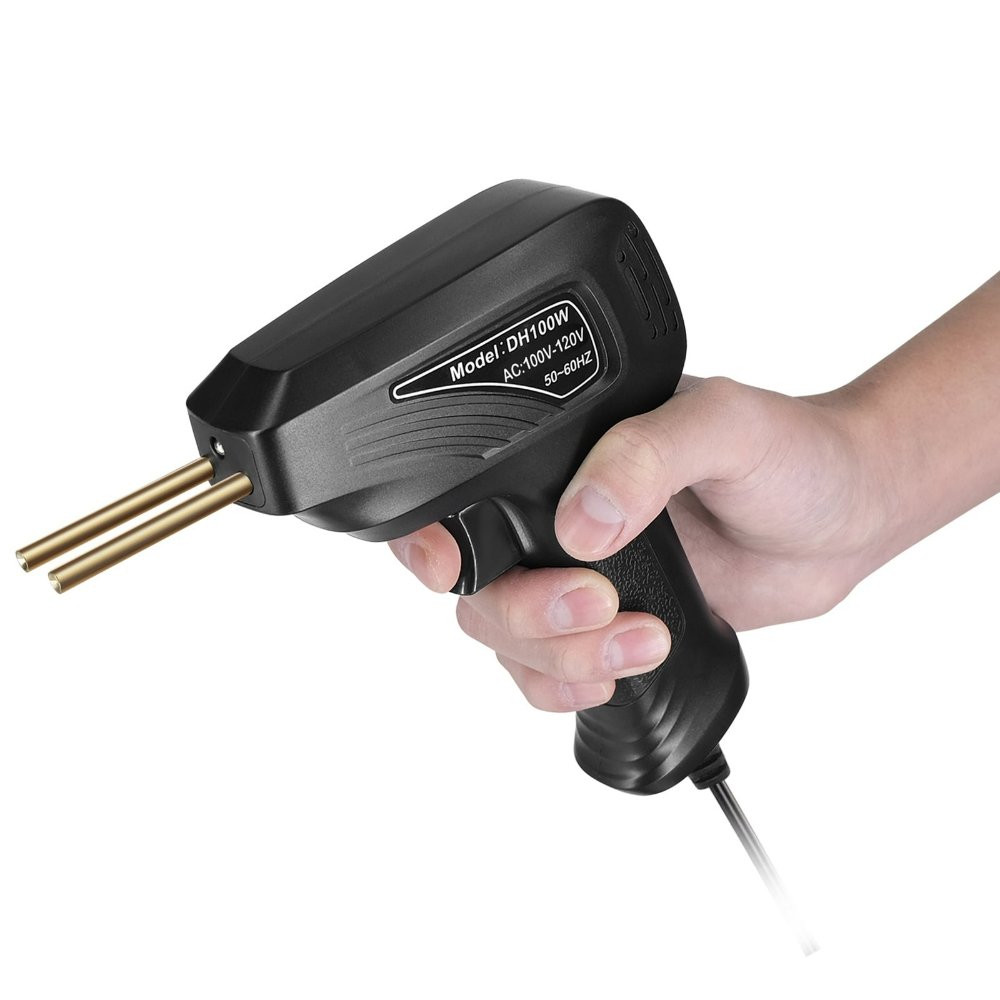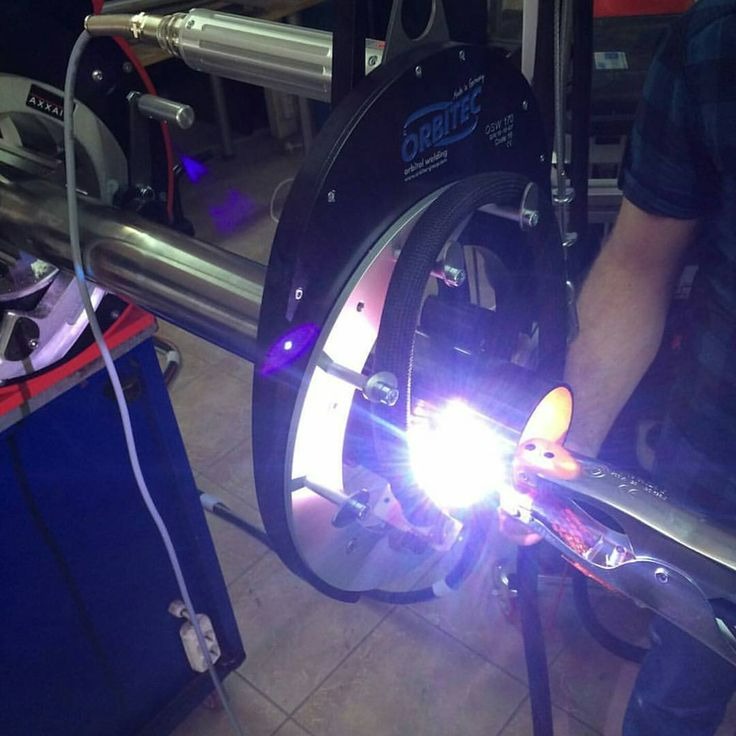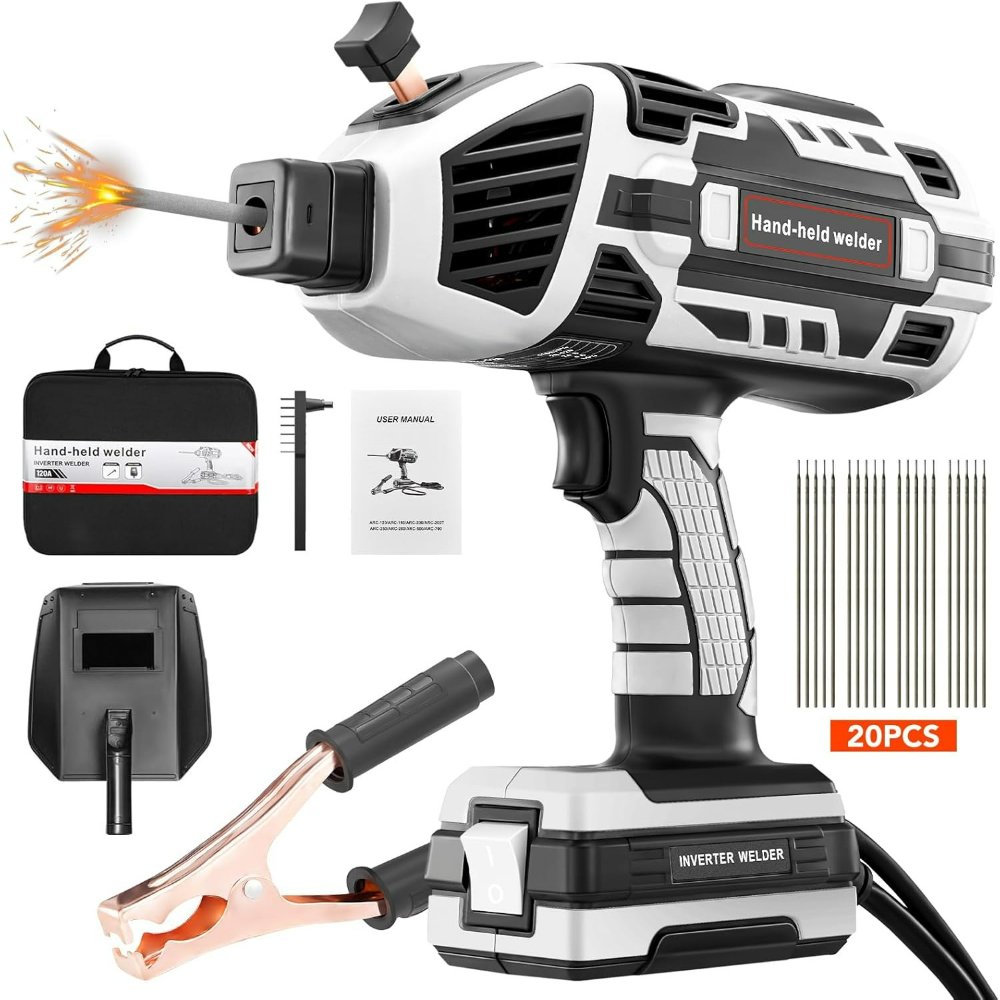How to Choose the Right SMAW Welding Machine for Your Projects
Overview of SMAW Welding Technology
Shielded Metal Arc Welding (SMAW) is a versatile welding process. It suits a range of materials and environments. SMAW is also known as manual metal arc welding (MMA or MMAW). It uses a consumable electrode covered in flux. The electrode connects to a power source. This creates an electric arc between the electrode and the metals to be joined. As the weld is laid, the flux coating disintegrates, giving off gases. These protect the weld pool from contaminants in the atmosphere.
SMAW welding machines are popular for their simplicity and portability. They are a go-to choice for construction sites and repair jobs. One adjusts the smaw welding machine current to fit the electrode size and material thickness. High current settings work well for thicker materials. Conversely, thin materials need lower settings to avoid damage. The process works with most common metals and alloys. It includes carbon steel, stainless steel, and cast iron.
Professionals value SMAW for its strong welds and cost-effectiveness. With minimal equipment, one can achieve reliable results in various positions. Whether flat, vertical, or overhead, SMAW accommodates multiple job requirements. But mastering the technique takes practice and understanding. Knowing the nuances of the smaw welding machine is critical for high-quality welds.
![]()
Key Components of SMAW Welding Machines
To achieve precision and quality in SMAW welding, understanding the key components of the SMAW welding machine is crucial. The machine’s main elements include the power source, electrode holder, ground clamp, cables, and electrodes. Each plays a pivotal role in the welding process.
Power Source: This is the heart of the SMAW machine. It provides the necessary current to form an arc. The power source can be AC or DC, with DC being the more common choice due to its smooth arc stability.
Electrode Holder: Also known as the welding stinger, it grips the electrode. It’s designed for easy handling. The holder allows welders to control the electrode precisely.
Ground Clamp: This component completes the circuit between the machine and the workpiece. A strong connection ensures a stable arc and prevents defects.
Cables: Heavy-duty cables connect the power source to the electrode holder and ground clamp. They need to be durable and flexible.
Electrodes: Consumable electrodes form the weld. Selecting the right type and size is essential for the different materials and thicknesses you are working with.
SMAW welding machines may vary in design and additional features. Some have control panels allowing welders to adjust settings for different welding conditions. Knowing these key components helps welders prepare and execute their welding tasks with skill and confidence. Proper use and familiarity lead to the creation of strong, high-quality welds.
Setting Up an SMAW Welding Machine
Setting up an SMAW welding machine correctly is crucial for successful welding operations. It involves several key steps to ensure everything works as it should. Let’s break down the process:
Inspect Equipment: Begin with a thorough inspection of the smaw welding machine. Check for any damage or wear on the machine or its components. Pay special attention to cables and connections.
Secure Components: Ensure that the ground clamp is firmly attached to a clean, paint-free area of the workpiece. This measure is important for a stable arc.
Install Electrode: Insert the correct electrode into the electrode holder. Tighten it to secure it in place.
Set the Power Source: Adjust the smaw welding machine to the correct current setting. The material you’re welding and electrode type will dictate the amperage.
Test the Settings: Before beginning your weld, make a test run on a piece of scrap metal. This allows you to adjust your settings if needed.
Check Safety Gear: Always verify that you have the proper safety gear on. This includes a welding helmet, gloves, and protective clothing.
By following these steps, welders can prepare their smaw welding machine for the task at hand, leading to more accurate and consistent welding results. Each step is a move towards achieving a weld that is both strong and visually appealing, essential in professional SMAW welding operations.
![]()
Safety Precautions for SMAW Welding
Safety is paramount when operating an SMAW welding machine. Welders must follow strict guidelines to prevent accidents and injuries. Here are essential precautions to keep in mind:
Wear Appropriate Personal Protective Equipment (PPE): Always wear a welding helmet with the proper shade of lens to protect eyes from radiation. Flame-resistant gloves, a long-sleeve jacket, and leather boots should be worn to prevent burns.
Work in a Well-Ventilated Area: SMAW welding can produce harmful fumes. Ensure adequate ventilation to avoid inhalation of these fumes.
Check the Workspace for Hazards: Remove flammable materials from the welding area. Keep the workspace clean and clutter-free to prevent trips and falls.
Inspect Equipment Regularly: Before use, inspect the smaw welding machine, cables, and connections for signs of wear or damage.
Follow Electrical Safety Practices: Handle cables and connectors with care to prevent electric shock. Ensure that the machine is properly grounded.
Be Aware of Others in the Area: When welding, be conscious of people nearby. Erect screens or barriers as needed to protect them from the arc’s glare and sparks.
Store Materials Correctly: Keep electrodes dry and store them according to the manufacturer’s guidelines to prevent weld defects.
By adhering to these safety precautions, welders can create a safe working environment while using the smaw welding machine. These practices are critical for protecting the welder and others from the potential hazards associated with SMAW welding.
Tips for Selecting the Right Electrodes
Selecting the correct electrode is key to quality SMAW welding. This choice impacts the strength and appearance of the weld. Here are some tips for choosing the right ones:
Know the Material: Match the electrode to the metal type. Use electrodes designed for carbon steel, stainless steel, or other materials you are joining.
Consider the Position: Electrodes vary based on welding position. Some are better for flat welding, others for overhead. Choose accordingly.
Understand Electrode Coding: Electrodes come with an AWS code. This tells you about the electrode’s coating, current and position capabilities. Learn to read these codes.
Assess the Current: Some electrodes work with AC, others with DC, and some with both. Check your SMAW machine’s output and select compatible electrodes.
Check for Quality: Use electrodes from reputable brands. High-quality electrodes reduce the chance of weld defects.
Storage Matters: Store electrodes in a dry place. Moisture affects performance, leading to poor weld quality.
Using the right electrode influences the entire welding process. It ensures a secure and clean weld, appropriate for the project’s demands.
![]()
Common SMAW Welding Techniques
Mastering various SMAW welding techniques is essential for any professional welder. Here are some common techniques to know:
Stringer Bead Welding: This basic technique involves a straight movement of the electrode across the joint. It’s ideal for thinner materials.
Weave Bead Welding: In this method, the welder uses a side-to-side motion. It helps in covering larger areas. It’s great for thicker material sections.
Backhand Welding: Welders move the electrode away from the finished weld. This technique allows for deeper penetration. Use it for stronger joints.
Whipping Technique: A forward and back motion with the electrode helps prevent overheating. It’s useful for vertical or overhead welds.
Restarting the Electrode: After stopping, you must start again correctly. Chip off any slag and position the electrode carefully to continue the weld seam.
Learning these SMAW welding machine techniques can help professionals tackle diverse welding tasks with confidence. Practice often to gain proficiency and ensure top-quality welds.
Troubleshooting SMAW Welding Machine Issues
Welders may face issues with their SMAW welding machines from time to time. Troubleshooting is an essential skill for professionals to master. Here are common problems and tips on how to solve them:
Inconsistent Arc: If the arc is unstable, check the power source and connections. Ensure the cables are secure and not damaged. Adjust the current settings if they’re not suitable for the electrode or material.
Poor Weld Quality: Look at the electrode and its compatibility with the workpiece. Replace it if necessary. Check your technique and travel speed. Use stringer or weave bead methods as the situation requires.
Excessive Spatter: This can happen with the wrong amperage or a long arc. Fine-tune the smaw welding machine settings. Select the right electrode for the job and ensure proper storage to avoid moisture.
Electrode Sticking: If the electrode sticks to the metal, the current might be too low. Increase it gradually. Also, try to use the correct angle and pressure as you weld.
Overheating Machine: Overheating can occur with continuous use. Let the machine cool down. Always stick to the duty cycle recommended by the manufacturer.
When you encounter issues, a methodical approach often leads to a quick resolution. Keep your SMAW welding machine in good condition, and tackle problems as they arise. This ensures a professional and productive welding experience.
Maintenance and Care for SMAW Welding Equipment
Proper maintenance and care are essential for optimizing the lifespan and performance of your SMAW welding machine. Regular upkeep can prevent common issues, improve safety, and maintain high-quality welding results. Here are critical maintenance tips to follow:
Regular Cleaning: Wipe down your SMAW welding machine frequently. Remove dust, dirt, and debris that can accumulate on the machine and its components.
Inspect Cables and Connections: Check the condition of cables and connections for any signs of wear, such as cracks or fraying. Replace damaged parts immediately to ensure safety and performance.
Tighten Loose Parts: Bolts and connections can become loose over time. Tighten them to avoid electrical issues or arc instability.
Store Equipment Properly: When not in use, store your SMAW welding machine and accessories in a dry, clean place. This prevents rust and damage from moisture.
Check Electrode Integrity: Before each use, inspect electrodes for moisture or other damage. Discard any that are not in good condition.
Monitor Machine Temperature: Avoid overheating by adhering to the machine’s duty cycle. Allow the machine to cool sufficiently between uses.
Follow Manufacturer’s Guidelines: Always refer to the user manual for specific maintenance instructions tailored to your SMAW welding machine model.
Seek Professional Service: For complex issues or periodic checks, consider professional servicing of your smaw welding machine. Experts can handle detailed inspections and calibrations.
Implementing these maintenance routines ensures your smaw welding machine operates at its best. It also helps to detect problems before they become significant, saving time and money on repairs. Remember to log all maintenance activities for reference and warranty purposes. Regular care is the key to achieving consistent, professional welding results.
